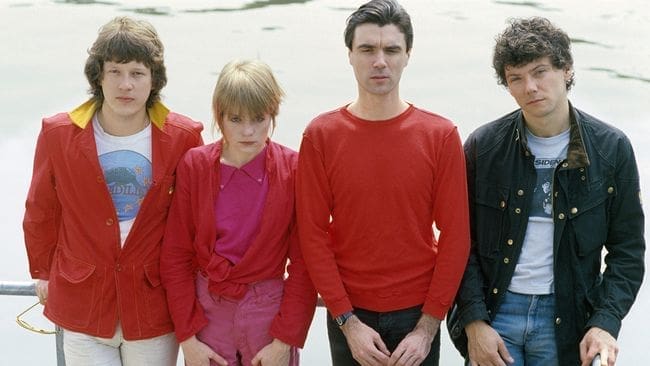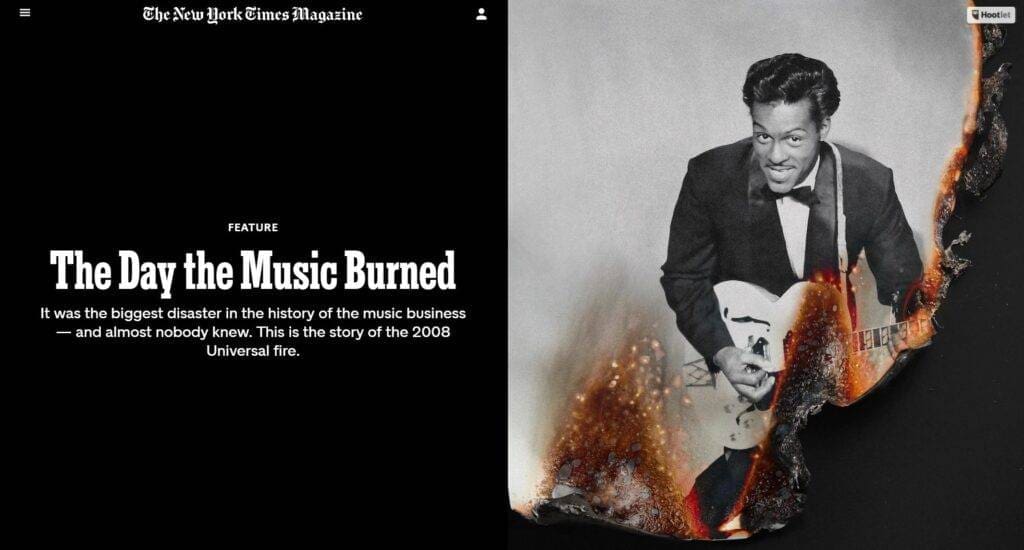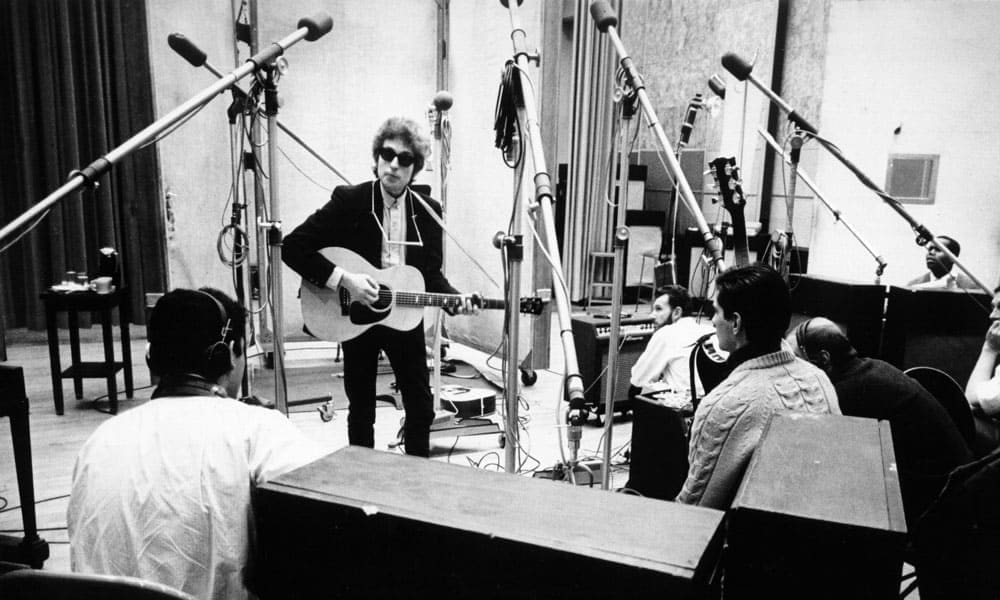“Exploring the Progressive Journey of Talking Heads: A Deep Dive into Their Musical Evolution”


Delve into the multifaceted musical odyssey of Talking Heads, the eccentric post-punk outfit that captivated audiences with their avant-garde sound and edgy, arty ideas. This article explores their progression through iconic albums like More Songs About Buildings And Food, Fear Of Music, and Remain In Light, questioning whether they truly fit the progressive label.
In 1980, Time Out hailed Talking Heads as “the most popular contemporary avant-garde group in America,” drawing parallels between them and the later iconic Radiohead. Renowned for their experimental sound and artistic innovation, the band’s creative leaps between albums, especially during their collaboration with producer Brian Eno on More Songs About Buildings And Food (1978), Fear Of Music (1979), and Remain In Light (1980), prompted comparisons to The Beatles’ evolution across Rubber Soul, Revolver, and Sgt Pepper’s.
The trilogy of albums with Eno showcased a musical kaleidoscope, featuring collaborations with prominent artists such as Adrian Belew, Jon Hassell, and Robert Fripp. While Talking Heads has been associated with various genres, including new wave, dance-rock, art disco, and brainiac pop, the notion of “progressive funk” emerges as a fitting description for the cerebral and rhythmic nature of their music.
Chris Frantz, co-writer of Talking Heads’ hits like Psycho Killer and Life During Wartime, reflects on the “progressive funk” label, acknowledging the band’s use of synthesizers and new technology. Adrian Belew, a guitarist who contributed to their fourth album, contemplates whether the term “progressive” applies, noting that it implies being ahead of its time—a characteristic he sees in Talking Heads.
Frantz shares his admiration for prog musicians, recognizing their musical prowess. However, he believes Talking Heads didn’t reach the same level of technical skill, citing Jerry Harrison as the most accomplished member. Despite any instrumental shortcomings, the synergy of the band in the studio with Eno was undeniably inventive, creating a musical legacy that continues to resonate with fans.
The article takes a trip down memory lane to 1977, when Talking Heads emerged from the New York punk/new wave scene with their debut album Talking Heads: 77. In a musical landscape dominated by the likes of the Ramones, Suicide, and Blondie, Talking Heads stood out with their clipped, bright, and peculiar pop sound. Their lyrics, celebrating conformity in contrast to rock’s typical rebellion theme, added a unique dimension to their identity.
The band’s clean-cut appearance, inspired by Roxy Music, reflected a deliberate choice to avoid the flamboyant styles of their contemporaries. Explaining their preppy early look, Frantz humorously mentions receiving clothes from their moms for Christmas, opting for button-down shirts and Lacoste polo shirts rather than the extravagant attire of other bands.
David Byrne, the band’s enigmatic frontman, added an unsettling intensity to their image. Known for teetering on the line between genius and madness, Byrne’s eccentricity led to questions about whether he was a genius or a moron—a dichotomy that bassist Tina Weymouth aimed to address by emphasizing his genius.
Weymouth reminisces about the fun they had making Talking Heads records and challenges the notion of the band being solely brainiacs, asserting the emotional profundity of their music. While their experimental approach may align with the avant-garde, she refers to their genre as “science fiction funk,” attributing their distinctive sound to the diverse musical backgrounds of the band members.
The article sheds light on the band’s creative process during the Fear Of Music sessions, where Brian Eno employed oblique strategies, akin to those used in Bowie’s Berlin trilogy. Frantz recalls the playful nature of the strategies, one advising, “When in doubt, be quiet.” The sessions, marked by a sense of paranoia and punk-funk aesthetics, laid the groundwork for an album that has become iconic in the post-punk era.
As Talking Heads expanded their musical horizons in Remain In Light, incorporating world music elements and collaborating with additional musicians, including Adrian Belew, rumors of internal dissent emerged. Belew, however, recalls a harmonious studio experience, with any animosity surfacing during later tours. Weymouth acknowledges “some temper tantrums” during this period, attributing them to Byrne’s struggle with newfound fame.
The tension escalated as the band’s popularity soared, leading to Byrne’s solo aspirations and a prolonged hiatus before the release of Speaking In Tongues in 1983. The subsequent albums, Little Creatures and Naked, showcased a more mainstream direction, consolidating the band’s popularity with hits like Road To Nowhere and Burning Down The House.
Despite their success, interpersonal dynamics strained, with mutual antipathy evident during their Hall of Fame induction in 2002. Frantz expresses a desire to reconnect with Byrne, emphasizing the band’s once-strong friendship, while Weymouth acknowledges the challenges posed by fame and Byrne’s evolving priorities.
As the article concludes, it reflects on the enduring impact of Talking Heads’ music, with Frantz noting the daily messages on social media from fans whose lives were changed or saved by the band’s music. The narrative highlights the band’s significant contribution to the post-punk era, their experimental spirit, and the intricate dynamics that defined their musical journey.
In essence, the legacy of Talking Heads is not only a reflection of their musical innovation but also a testament to the complexities and challenges that accompany artistic collaboration and individual growth within a band.






Responses